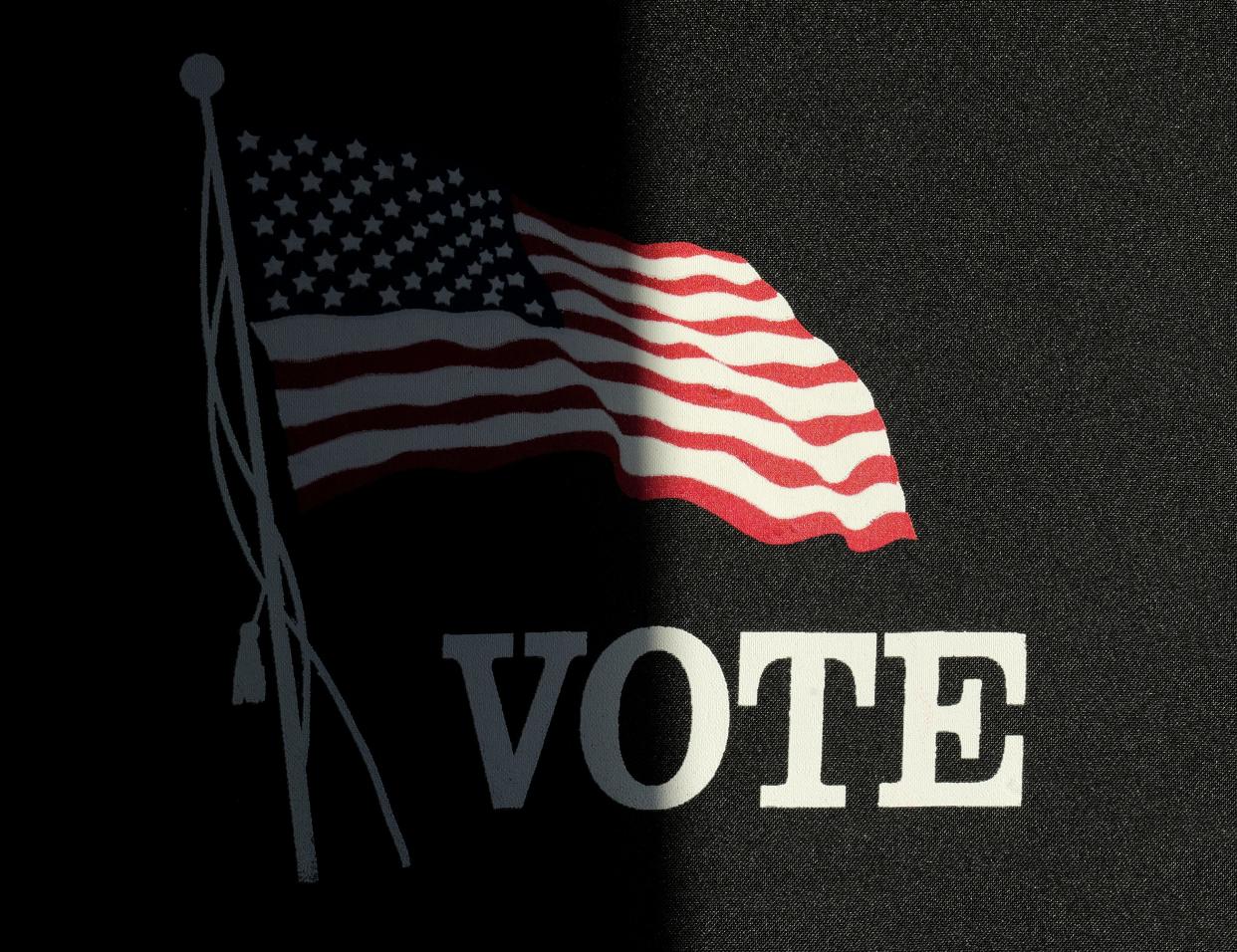New Ohio election law requires voters to show photo ID. Here's what you need to know

Under Ohio's new election law, voters are required to show photo ID at the polls. Those without a valid form of identification can cast a provisional ballot, but they have to return to the board of elections within four days to provide a qualifying form of identification for their ballot to be counted.
2023 Elections: Interactive Summit County Voter Guide
The law officially took effect Friday. Secretary of State Frank LaRose directed boards of elections to use the new rules for the entire process, which started March 17 with military and overseas voting.
Here's what you need to know to cast your ballot.
What kind of photo ID do I need?
Voters must now present a photo ID when they cast ballots in-person, either during early voting or on Election Day. That can be an Ohio driver's license, state ID, U.S. passport, passport card, military ID or interim identification issued by the Bureau of Motor Vehicles. The ID does not need to have your current address on it.
County-issued veteran IDs do not qualify.
To vote by mail, Ohioans need to provide a copy of their photo ID, driver's license number or the last four digits of their Social Security number.
Who to vote for?: Summit County Voter Guide has candidate information in their own words
The new law also allows Ohioans 17 and older to receive a free state ID card. Voters who have religious objections to being photographed can cast a provisional ballot that excludes them from the ID requirement.
Another part of the new law requires the BMV to place "noncitizen" labels on the driver's licenses and state IDs of those who lack citizenship, but are in the country legally.
Beacon Journal reporter Tawney Beans explains more here:
What if I cast a provisional ballot?
Ohioans can cast provisional ballots if they don't have the necessary information to vote on Election Day. Voters now have four days after the election to provide that information to election officials, instead of seven days.
Boards of elections have until eight days after the election, May 10, to determine what provisional ballots can be counted.
Have polling places changed?
Summit County previously had 420 precincts. It now has 371, with the board of elections adopting the new precinct boundary maps in December. According to the board of elections, precincts were realigned due to multiple city ward and County Council boundary changes for the 2023 and 2024 elections. More people are also voting absentee in recent elections.
But this primary election isn't a countywide election, so not every precinct will be voting, and not every polling location will be open.
To find your polling location, visit lookup.boe.ohio.gov/vtrapp/summit/pollfinder.aspx. To look up your voter information, visit lookup.boe.ohio.gov/vtrapp/summit/vtrlookup.aspx.
Isn't there a lawsuit over the photo ID requirement?
Yes. A Democratic law firm sued LaRose on behalf of several groups, arguing the law will disenfranchise voters — particularly the elderly, military voters and people of color. The case is ongoing in federal court, and the judge has not issued any orders to keep the law from taking effect.
The Ohio Republican Party and two election workers intervened last month and filed a motion to dismiss the lawsuit.
"House Bill 458 makes only minor changes to Ohio’s election code to ensure both that it remains very 'easy to vote in Ohio,' and that Ohio’s elections remain secure and trusted by voters across the political spectrum," their filing states.
But critics are still firm in their opposition and believe the law will cause more problems than it resolves. For instance, Ohio State University officials told The Lantern that out-of-state students should stick to mail-in voting because an Ohio ID could disrupt their financial aid packages.
"While proponents of this bill have continued to minimize the impact that this unnecessary ID requirement will have, we maintain that this change is not only burdensome and unnecessary, but that it is unconstitutional as well," said Nazek Hapasha, policy affairs manager for the League of Women Voters of Ohio. "It disproportionately places an enormous barrier to the ballot on voters in this state who have already been the most disadvantaged."
Haley BeMiller, a reporter for the USA TODAY Network Ohio Bureau, contributed to this article.
This article originally appeared on Akron Beacon Journal: New Ohio election law requires voters to show photo ID at the polls

